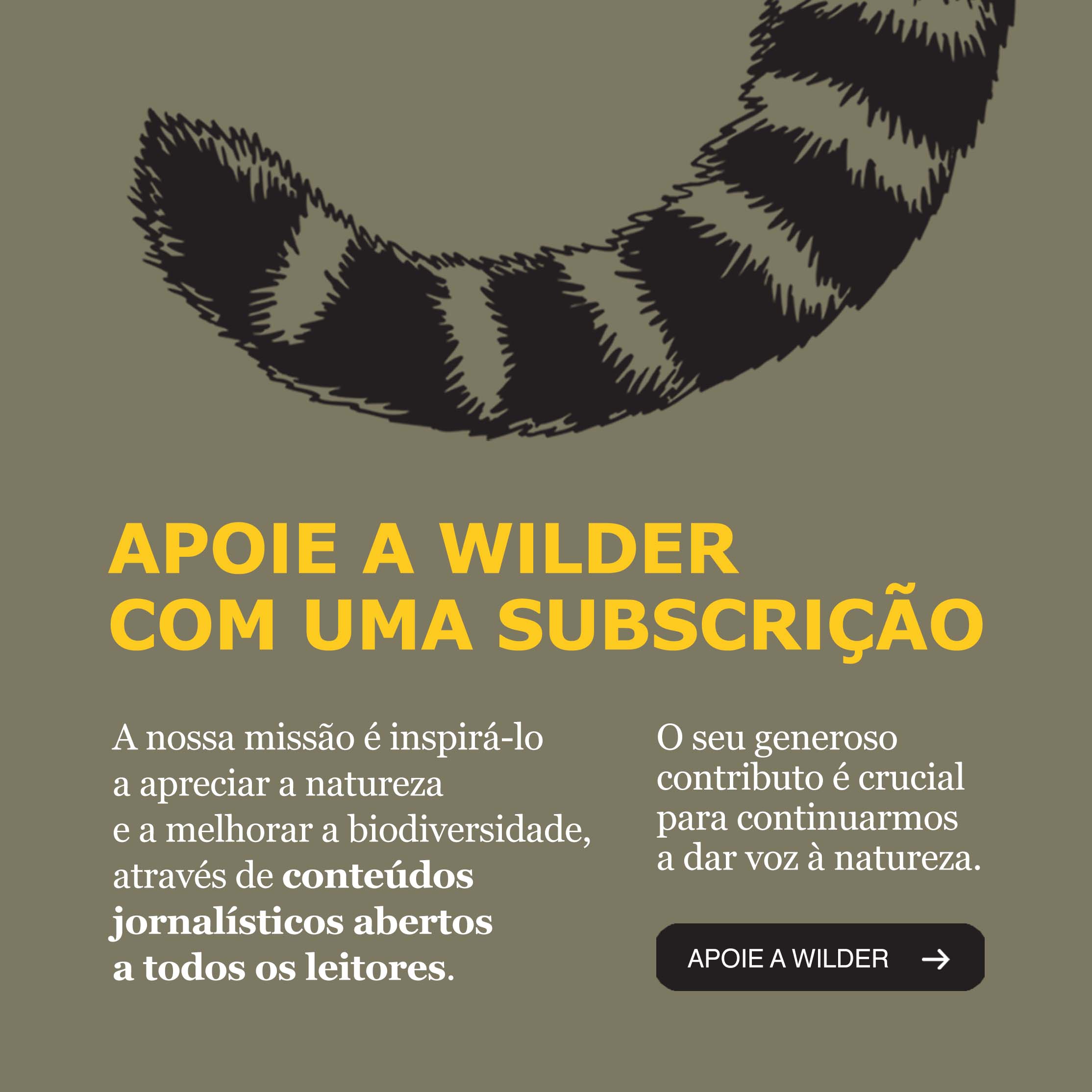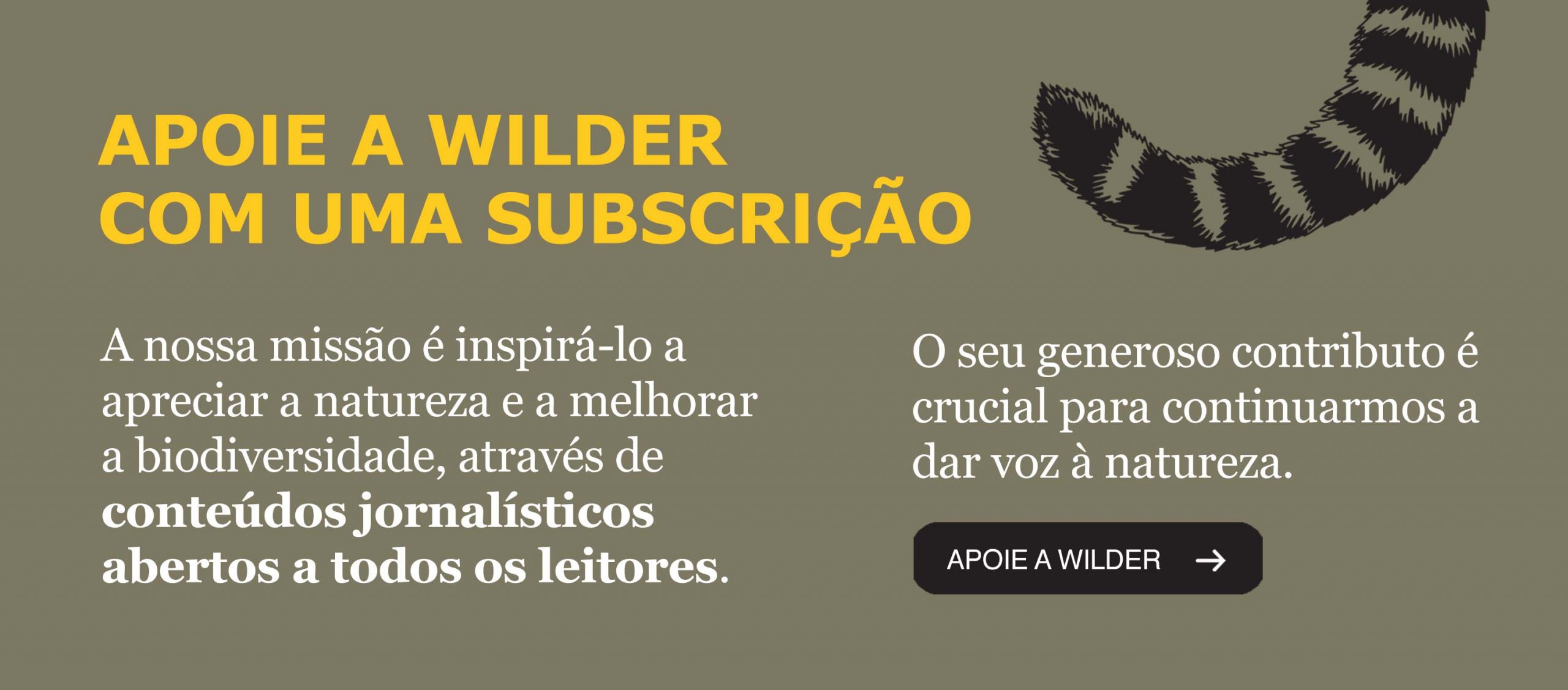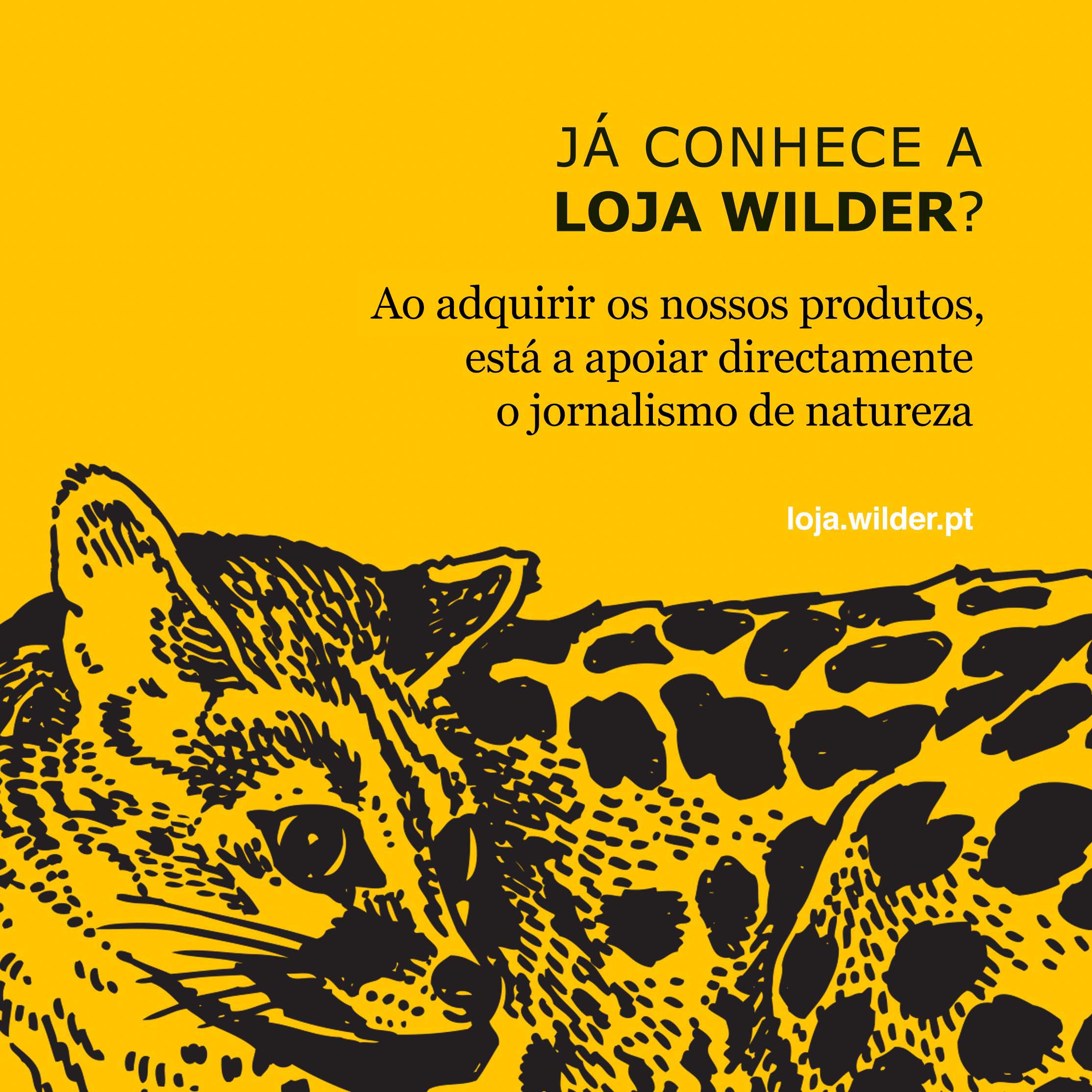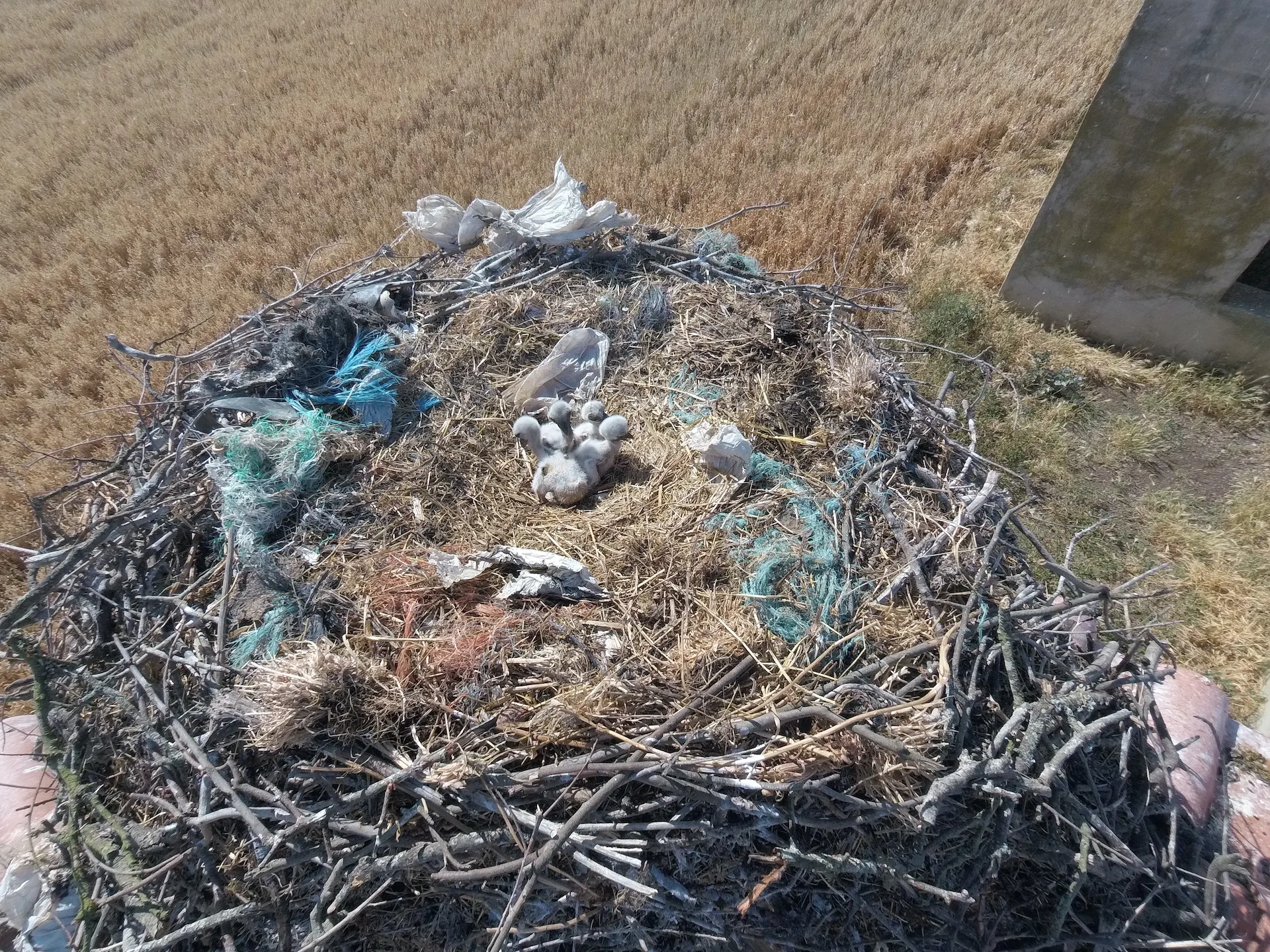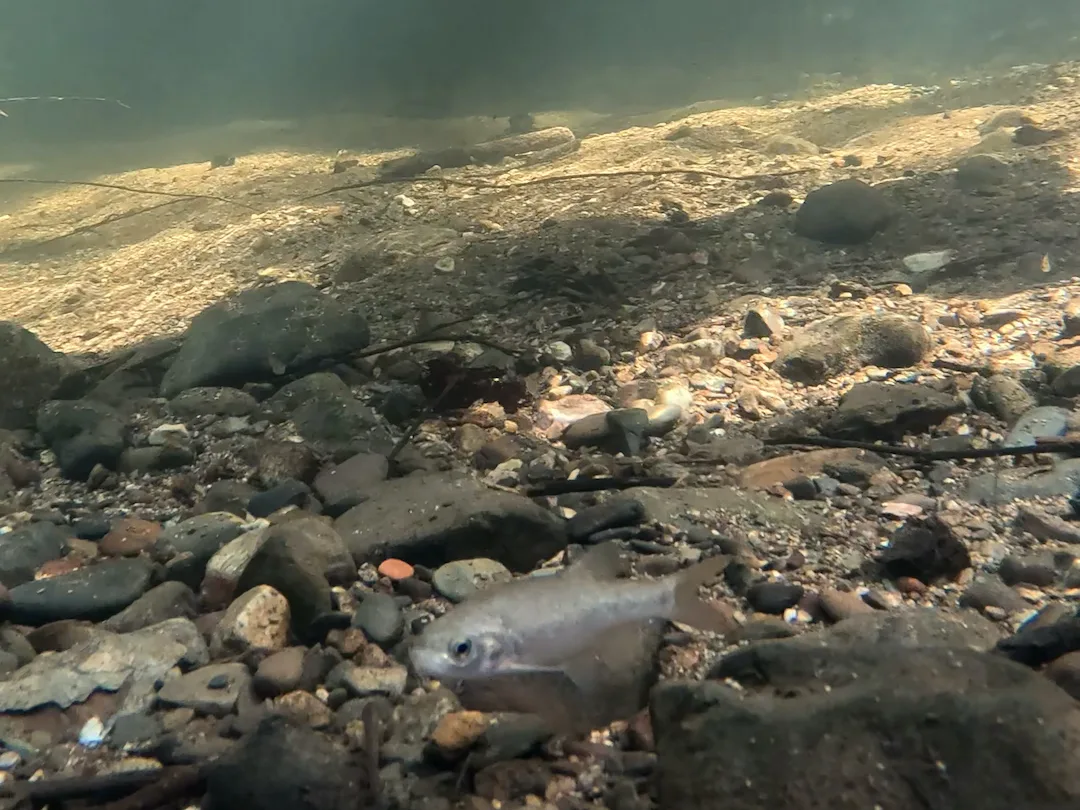Bird Numbers 2019: Counting birds counts takes place this week in Évora University, in Portugal. These are five big ideas to follow up, told us João Eduardo Rabaça, from the conference organization.
The Conference of the European Bird Census Council (EBCC) is held every three years. This is the first time that’s happening in Portugal. The 21stedition is organised by LabOr – Laboratory of Ornithology (ICAAM, Évora University).
“This conference has a strong message – counting birds counts to society – that’s connected to this conference history, which, since the early days, is focused on bird’s ecology and on the use of birds as environmental indicators, a very particular issue”, João Eduardo Rabaça, scientific coordinator of LabOr and one of the conference organizers told Wilder.
Over this week more than 200 delegates from 40 countries from Europe, America, Africa and Asia will get together in Évora to present and discuss several issues related to bird census, including the most recent results from important projects coordinated by the EBCC.
So, these are five of the ideas that take the floor in Évora from 8 of April until next Saturday.
- PECBMS – Pan-European Common Bird Monitoring Scheme
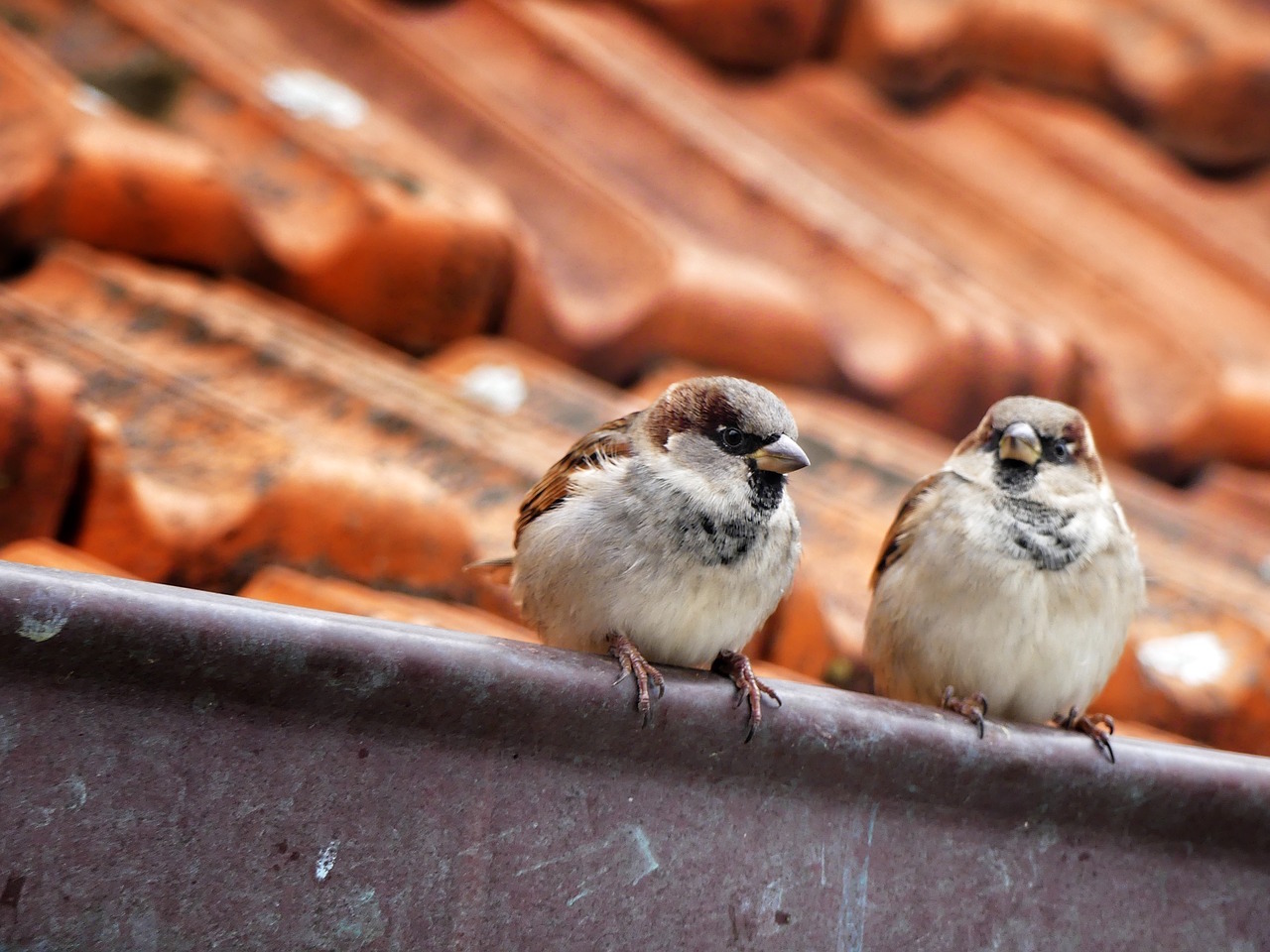
This is like the “pearl” of the EBCC projects. It has 1980 has the reference year and nearly 40 years of time scale. “It’s a unique project in the world, given its duration, in an transnational scale”, said João Eduardo Rabaça.
Every year breeding common birds are counted all across Europe. These are species “with a vast distribution area and a relative high abundance”. They are considered no priority for conservation purposes.
The problem is several of these species “have been steadily decreasing” in the last years. This is what’s happening with bird living in the countryside such as larks, tits, the woodchat shrike or even the house sparrow, at least in some European countries. Experts believe what’s causing these declines are fast changes in landscapes and in the processes of producing food in the last decades.
“This is a huge concern for us, since these are relative common birds”, João Eduardo Rabaça said.
- European Breeding Bird Atlas:

The first European Atlas was published in 1997 by EBCC with data collected by several countries, some times with different methodologies. The second edition of the Atlas, one of the big projects of this European organization, should be published soon. The fieldwork has already finished and the work on all the data is almost done.
This second edition has some changes compared to the first one, says João Eduardo Rabaça. “The methodology used is different, more advanced than the previous one”, since all the countries used the same counting methods. Five years of fieldwork targeted more than 500 breeding species in more than 50 European countries, including Portugal, from 2013 to 2017.
One of the main innovation is that this Atlas it’s going to include all the Russia continental area, “which shows that we can achieve a truly pan-European dimension”, since this project has data that covers an area from that country up until the Azores islands. The Atlas is also including species from Turkey and the Caucasus and is the result of the team effort of more than 50.000 volunteers, including several thousand of citizen-scientists.
- The new Eurobird portal:
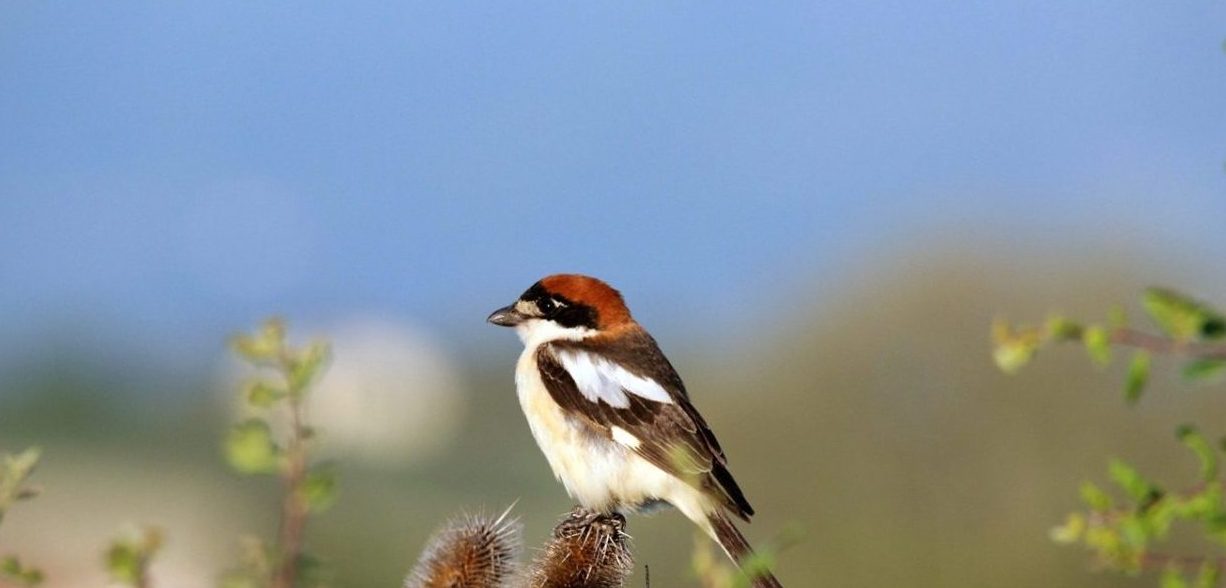
The Évora conference is the stage of the launch of the new Eurobird portal. This portal of birds’ observations puts together information collected by several online platforms, such as the eBird. It has 40 million records from around 100.000 volunteers.
Data processed by this EBCC project allows the study of the migratory movements of more than one hundred species.
“For instance, through this portal we can see when the first woodchat shrikes – the species chosen to ben the symbol of this year conference – start arriving in Europe and what are the European countries with records of this species in the months ahead”, João Eduardo Rabaça explained. The new version of Eurobird portal is “much more attractive and easy to use”.
- To increase citizen-scientists’ numbers:

The importance of monitoring birds to support the decision-making in Europe – such as in Common Agricultural Policy, for instance – is a way of involving more citizens in bird counting.
According to João Eduardo Rabaça, nowadays more than half of the world population live in big cities and “people’s connection to the natural world is being lost”. So, counting birds and other citizen-science projects about biodiversity are a solution “to try to recover that connection to nature, so important for our well-being.” At the same time, “people feel that they are helping to solve some of our big problems, such as climate change and the biodiversity loss.”
On this regard, one of the advantages of birds is that “we can see and hear many species, which is very different from what usually happens with mammals. Most times we can only find their traces”.
- Showing the South of Portugal:

The conference participants are going to participate in trips to the South of Portugal. There are field excursions to the regions of Évora and Castro Verde and, farther north to the Tagus Estuary. “This is an excellent opportunity to show these region’s natural and cultural heritage”, said João Eduardo Rabaça.

